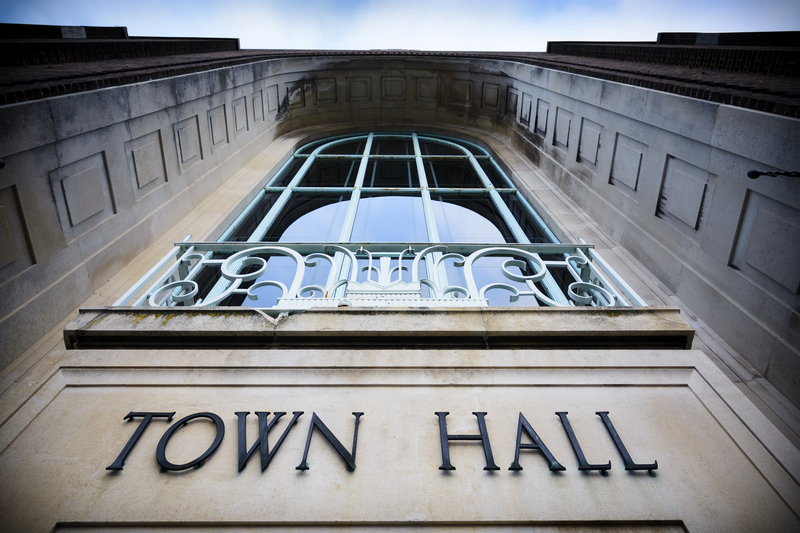Investment in new cities set to boom
Investments in urban infrastructure aimed at implementing “new visions for cities” will reach US$375 billion by 2030, according to global technology intelligence firm ABI Research. The research focuses on new greenfield and brownfield urban developments that adopt one or more new design principles, including pedestrianisation, 20-minute neighbourhoods and fresh approaches to green infrastructure, utilities, transportation, and carbon-neutral buildings. The report features 16 case studies including The Line in Saudi Arabia, Marc Lore’s recently announced Telosa in the US and Tengah in Singapore. Dominique Bonte, VP End Markets and Verticals at ABI Research, said the investment projections are based on a strong increase in announcements about new city projects and concepts, driven by issues such as the urgent need to address climate change, and the “digitalisation of lifestyles”, which has been accelerated by Covid-19. Other factors cited include a growing focus on equity and inclusiveness, scalable economic development, and more affordable living.
Cybersecurity gaps still a major problem for cities
City governments are still struggling to make security changes required to safely deploy new technologies, experts from the World Economic Forum and Deloitte warned at Smart City Expo World Congress in Barcelona. Research conducted by the two organisations on smart city governance in 36 global cities – including London, Milan, Toronto and Melbourne – found that while different cities and institutions are embracing new models of collaboration to upgrade their policies, more needs to be done to ensure adequate security infrastructure is in place. During a panel discussion on the state of urban governance, Jean Barroca, Global Public Sector Digital Modernization Leader, Deloitte, said: “There are serious gaps across cities of all sizes and geographies – 60 percent of the [36] cities don’t have someone assigned to be accountable for cybersecurity. The firm did not reveal which of the 36 cities lacked this role, but warned the consequences could be far-reaching. “We still lack foundational policies for sound technology deployment, and if these gaps are not addressed, stakeholders and citizens can be exposed to threats,” Barroca added.
Call for cities to create more incentives for green tech
Governments and city authorities need to “pull out all the stops” to provide favourable regulatory and tax frameworks and financial support for technologies that can help to meet climate goals. This is according to a new report from Economist Impact commissioned by international law firm Osborne Clarke. It pinpoints 12 key decarbonising technologies due to their likely impact, scalability and investment potential. These include heat pumps, building automation systems, smart grids and waste robotics. Rafael Garcia Del Poyo, Partner, Osborne Clarke, told Cities Today: “We focused on solutions that are already available, workable, and have an impact – but could have more. It’s a combination of investable, efficient and available.” Lack of policy incentives is impacting the uptake of some technologies, such as low-carbon cement and concrete alternatives. Cement is the largest manufactured product on earth by mass and produces eight percent of global CO₂ emissions. Conversely, national and regional targets backed by public funds have played a vital role in scaling up smart meters and grids, the researchers note.
Moving on
 Roy Goldenberg has joined Cylus, a cybersecurity firm focusing on trains and rail networks, as senior marketing manager after two years as B2B marketing manager at Moovit.
Roy Goldenberg has joined Cylus, a cybersecurity firm focusing on trains and rail networks, as senior marketing manager after two years as B2B marketing manager at Moovit.
What we are reading
How to make content a more effective part of your sales funnel
Hot take: look outside your team for great content marketing
Local government IT spending is Increasing: how to win more deals than your competitors

